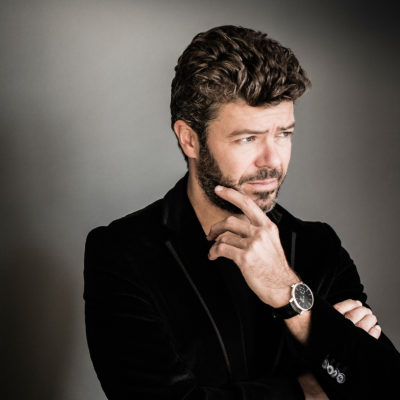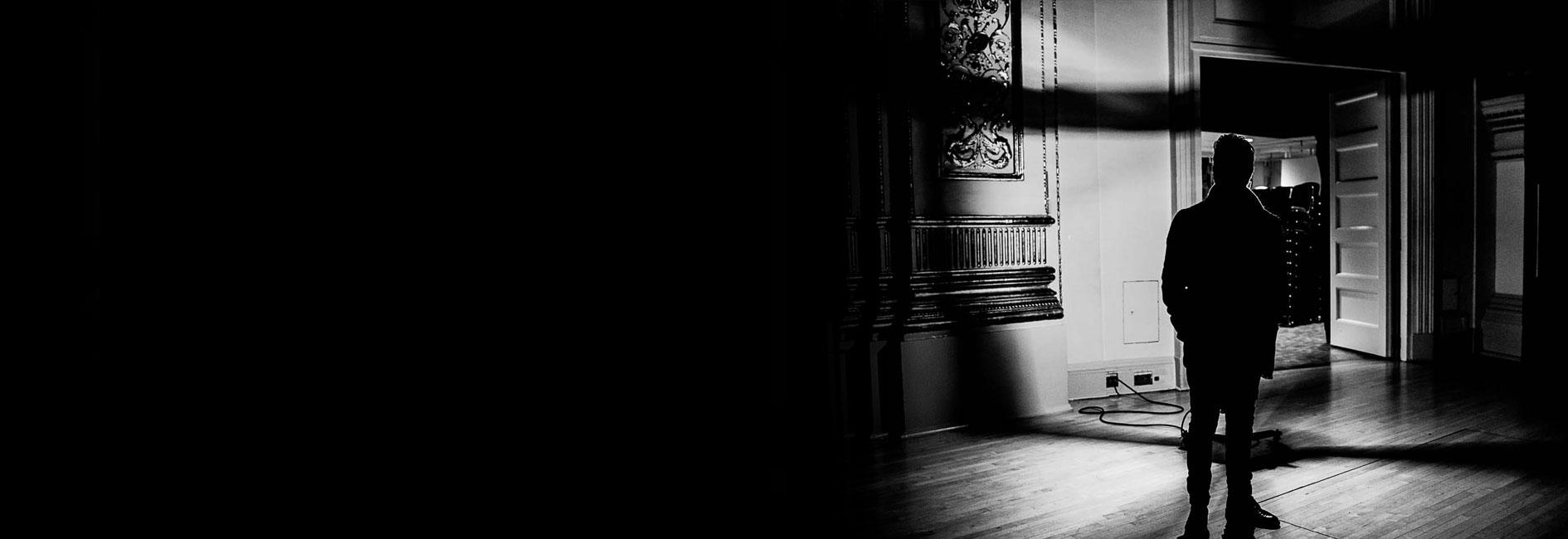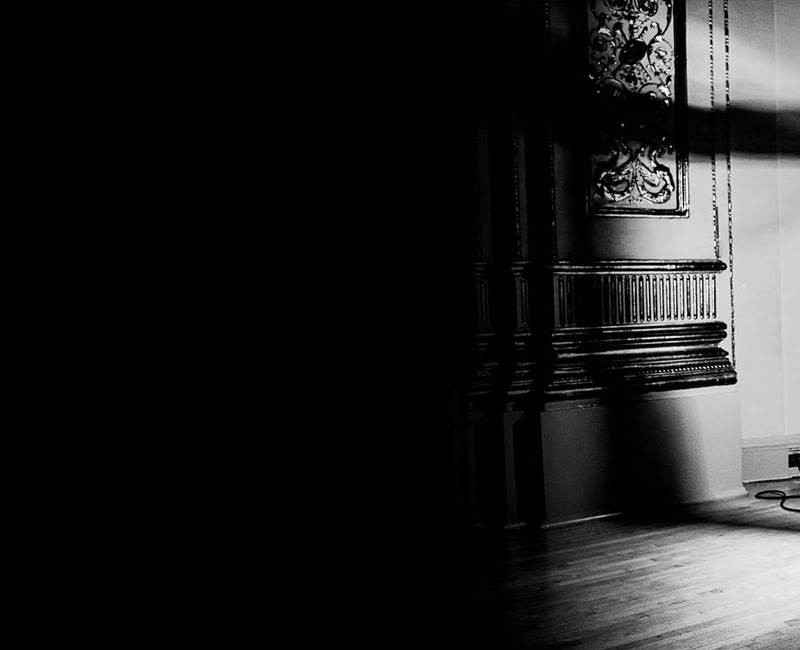
IDAGIO Magazine Insights: “It’s a celebration of the human being and of mankind – and joy!”
30 Jun 2020
The scene feels almost unimaginable now in our times of face masks and social distancing, where choral singing is all but vilified as an agent of infection. But jump back with me half a year to a dreary December day as I arrive at Berlin’s Teldex Studio. Food is being prepared in the small lounge outside the door to the studio itself before a flood of hungry musicians and singers seeking the sustenance of a frankfurter and bread roll almost sweeps me away. I wonder whether the studio’s ever been so full.
They’re all there to record one of Harmonia Mundi’s major projects for the Beethoven anniversary: a coupling of the Ninth Symphony with the Choral Fantasy. It’s the crowning instalment in the label’s project to record a Beethoven symphony cycle – but one with a twist. Each symphony is performed by a different orchestra and conductor, and coupled with works – by Beethoven or one of his contemporaries – that show it in a fresh context.
Kristian Bezuidenhout, the fortepiano soloist in the Choral Fantasy, finished his work the day before, and the focus now is on the mighty ninth. Today it’s the ground-breaking finale, the “Ode to Joy”, arguably the most used and abused of Beethoven’s symphony movements. It’s the massed ranks of the Freiburger Barockorchester and the Zürcher Sing-Akademie filling up the foyer and waiting room. The conductor, Pablo Heras-Casado, weaves his way through them, dabbing his brow and chatting with friendly ease. The four soloists – Christiane Karg, Sophie Harmsen, Werner Güra and Florian Boesch – register briefly, too, emerging from the session already engaged in lively conversations.
An atmosphere of relaxed professionalism prevails, not least in the control room, my initial vantage point for when recording resumes. There, a small team presides over an array of monitors, consoles and scores. They are led by Tonmeister Martin Sauer, who, over a 30-year career, has mastered the art not only of hearing slips and infelicities of balance with an unerring ear, but also of pointing them out to the musicians with unerring charm. When one of his team remarks on a minor mispronunciation from Werner Güra, he calls down to point it out. “Beethoven wasn’t Bavarian,” he adds. “He wishes he was!” comes the reply.
There are a few more days scheduled for the sessions, and Sauer is clearly pleased with the progress. But the big challenge will be the next day, when the Adagio is planned; its exposed horn solos, Sauer explains, are particularly treacherous on period instruments. There’s no sense of that concern from the studio today, though. Through the control room speakers I hear the horns enjoying themselves in the finale, their braying giving a lively, vibrant edge to the Freiburger Barockorchester sound familiar from so many Harmonia Mundi recordings.
The effect is even more arresting when I’m allowed into the back of the studio during a short pause. And the sight is in many ways as impressive as the sound, especially when a preposterously long contrabassoon and jangly period percussion take the limelight as we get onto the finale’s martial section. I see players smiling at one another, singers giving their all as they launch zestily into each reprise of the “Ode to Joy” theme. And, in Heras-Casado, I observe a conductor who radiates not only a sense of calm control, but also one of, well, joy, as he inspires his musicians to give their all.
In another break, I manage to grab a few minutes with the conductor and ask him how he keeps so calm when there’s so much to record under such time pressure? It’s largely a matter of practice, he says. “I’ve got used to it – I’ve done a lot of recordings and I’m used to this kind of system. It’s very important to have the right partners, someone like Martin Sauer, who I trust completely.”
Nor is it all that different from the discipline conductors have to learn when preparing concerts, he adds. “You’re always limited in time – sometimes you only have one rehearsal. And, no matter what, the conductor, apart from giving a very clear message of the direction of the interpretation, has to do it in a way that is calm, organised and relaxed for the musicians. So calm and organisation are a key thing.”
But recordings need more than calm and organisation alone, I suggest. “Exactly, in a recording it’s essential for me in every single take to keep the spontaneity and the fire and the intensity, but at the same time with a calm manner.” And to enjoy yourself? “Yes, of course! Sometimes you could have the temptation, especially when recording, of keeping your head in the score and trying to control things. But that’s not how you bring a recording to life.”
This must be especially important with this piece, I suggest, with its tendency towards the monumental. “A piece like this one,” he agrees, “it takes a little more effort to do what an artist has to do, which is always to rethink and revisit with a fresh mind, in order to be honest to yourself, and not just follow a given tradition that’s not completely satisfactory.”
I ask whether having recorded the Choral Fantasy yesterday – a precursor to the Ninth in many ways, but one unburdened by being defined as a capital-M Masterpiece – might have helped, and whether it affects the way he approaches the symphony. “I think so, in a very spontaneous way. Having spent eight hours with that piece, now I feel more the contact between these two works. The spirit of the Choral Fantasy is the same, but even more spontaneous and improvised. I feel the connection, and I think you see now Beethoven’s Ninth as less solemn. It’s not a mass. It’s a celebration of the human being and of mankind – and joy!”

